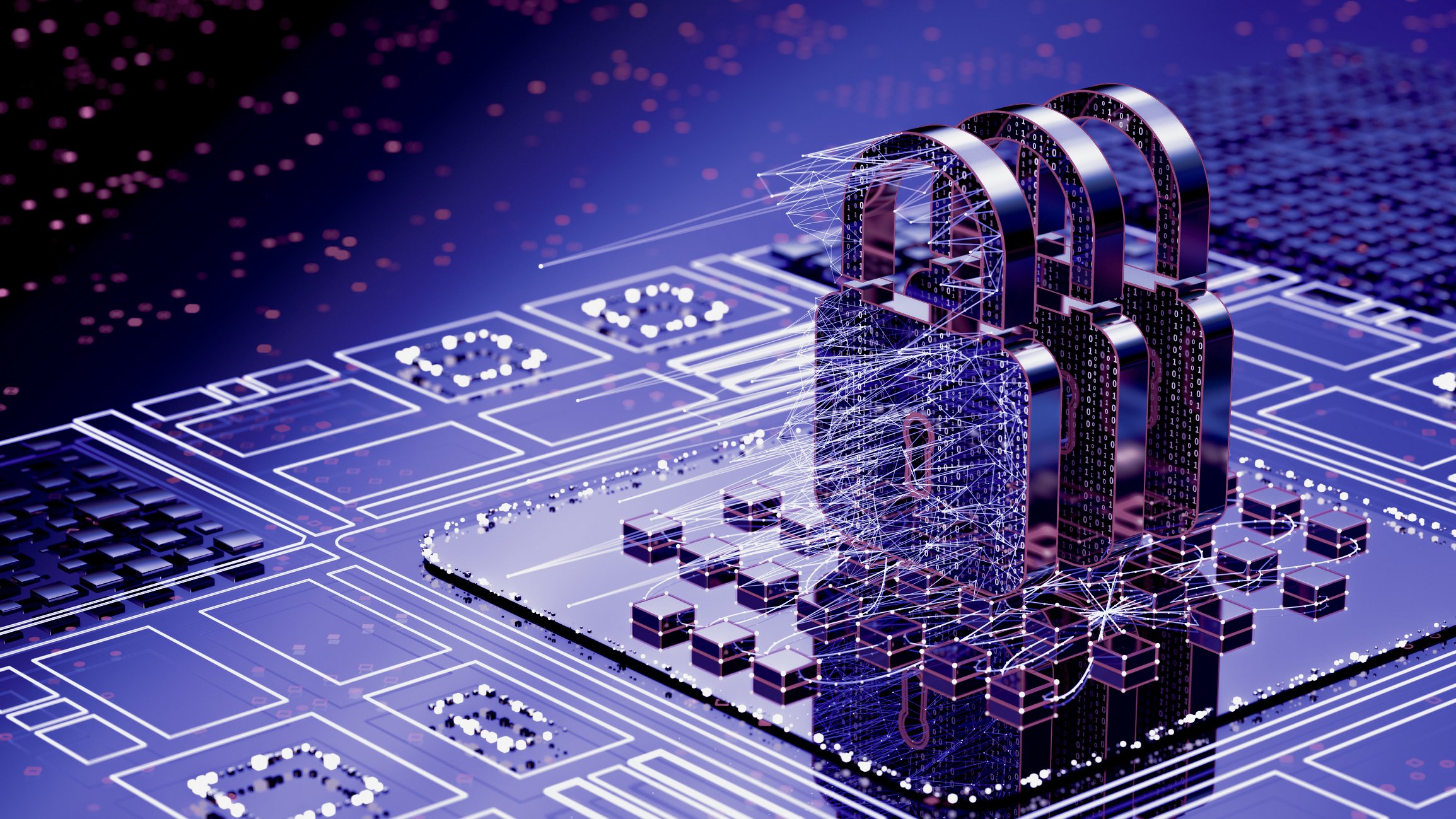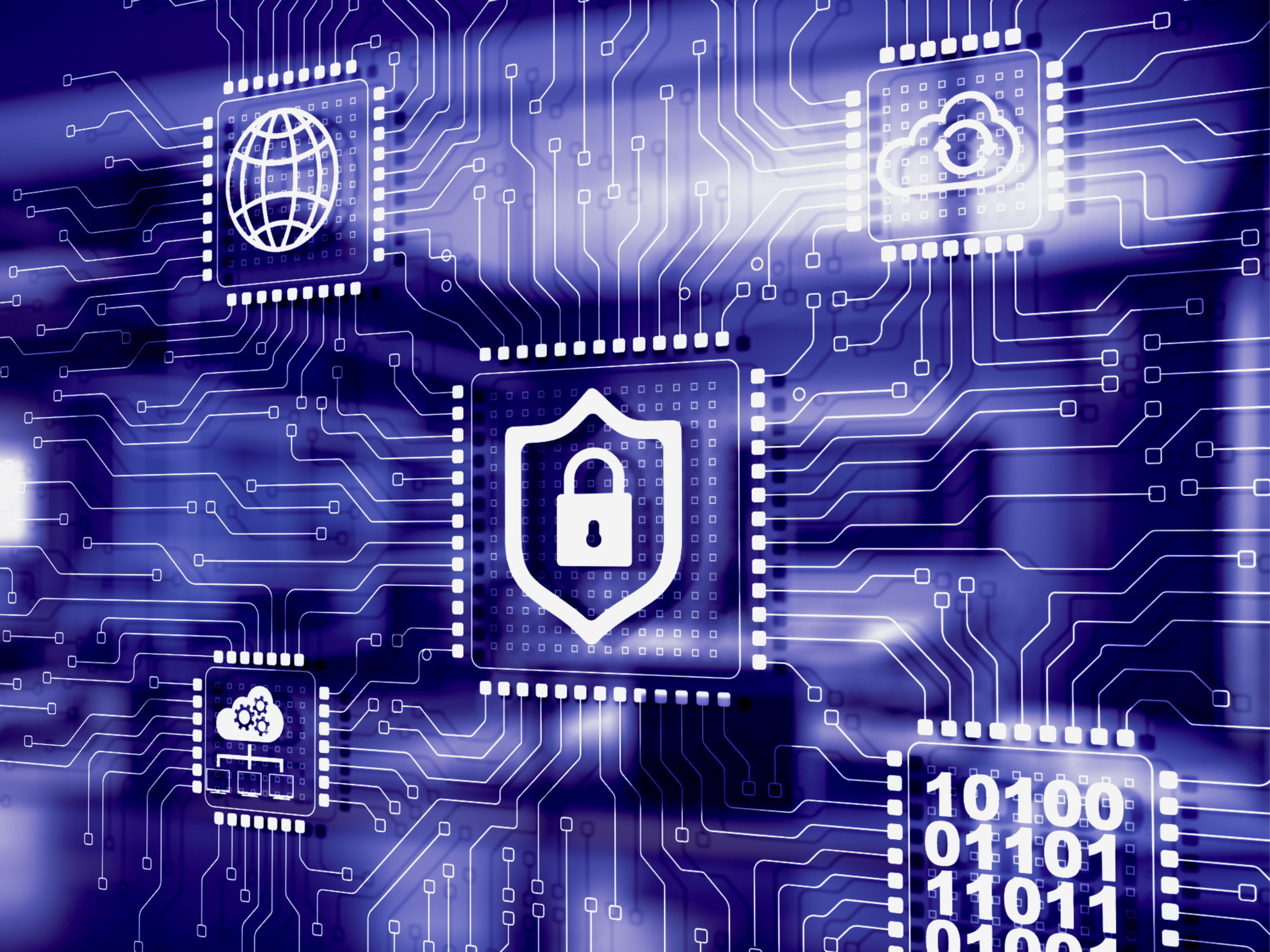Gone are the days when teams of security analysts had to play the impossible guessing game of detecting every looming cyber threat. The advent of next-gen Security Information and Event Management (SIEM) solutions and the widespread embrace of AI tools, automation, and the cloud have marked the beginning of a paradigm shift in how enterprises approach cybersecurity.
While SIEM solutions have already evolved significantly in the last few years, more innovation and enhancements are expected. In particular, we expect machine learning (ML) and artificial intelligence (AI) algorithms to be at the forefront of the evolution of SIEM. This should come as no surprise – AI has already been a big disruptor across many industries, due to its distinctive capacity to analyse vast amounts of data and generate predictive insights in a short time frame. The mainstream integration of AI and machine learning into SIEM technology will therefore help security teams significantly level up their threat detection capabilities. Further, as organisations increasingly move their IT operations to the cloud, cloud-native Next-Gen SIEM models are gaining steam, especially since they give organisations the scalability and flexibility they need to expand their security capabilities as they evolve.
Another thing we expect to see in the future is the integration and automation of third-party threat intelligence feed sharing into SIEM technology. By incorporating real-time threat intelligence data from external sources, SIEM solutions can stay up to date with the latest threat trends and indicators of compromise. This will improve its threat detection capacities, decreasing the time it takes to identify and address potential security incidents across multiple vectors.
While definitive predictions are not possible, we have a strong feeling that the mainstream use of AI, cloud integration, automated threat intelligence feeds, and technology convergence will play a significant role in shaping the future of SIEM – all of which we will explore in greater detail in this article. Our insights and predictions should also help you gain a better idea of the features a good SIEM solution should have in this data-driven age and what criteria to consider when you choose your SIEM.
Key Takeaways
- AI-driven, cloud-based SIEMs are becoming more mainstream, as they are far more efficient than legacy SIEMs at detecting fast-evolving threats.
- In the future, we’ll likely see a greater turn toward automating the threat intelligence generation and sharing process.
- Machine learning plays a vital role in improving accuracy and response time in SIEM as it automatically identifies threat patterns, thereby reducing alert fatigue in security staff and decreasing security risks.
- To prepare for the future, companies should invest in a modern SIEM solution that integrates AI, ML and automation.

How Has SIEM Evolved?
Over the years, SIEM technology has dramatically transformed from being a basic log collection tool into a sophisticated platform capable of correlating vast amounts of data. While traditional SIEM systems were competent in helping businesses aggregate, correlate, and analyse data in a centralised place, SIEMs have morphed into more complex threat detection systems. Fast forward to today, what we are now seeing is:
- The increased adoption of cloud-based SIEM: There has been an ongoing effort to move SIEM to the cloud, as it enables them to be more flexible and scale.
- The integration of machine learning, automation, and artificial intelligence: This has significantly enhanced the threat detection capabilities of SIEMs, enabling security teams to adopt a proactive stance towards security threats.
- Improved usability and user experience: Over the years, SIEM has become more user-friendly and accessible, leading to more widespread adoption and seamless integration with legacy security tools. SIEM is therefore no longer just a tool for mature organisations.
The Current State of SIEM
Each iteration of SIEM has developed to better address and meet the security needs of organisations, as well as account for changes in the wider cybersecurity landscape. As technology continues to evolve and more novel problems surface, SIEM tools and their features will advance accordingly.
The role of security challenges in the evolution of SIEM
To understand SIEM in its current state and its development up until this point, you’ll first need a grasp of the key cybersecurity challenges that plague businesses.
While there are an endless number of challenges in the realm of cybersecurity, we have identified three major security challenges which have shaped the development of SIEM and other cybersecurity tools:
- The never-ending emergence of new and unpredictable cyber threats, which requires constant updates and fine-tuning.
- The sheer volume of data and security events, which can overwhelm even the most robust security team.
- The increasing sophistication of attacks, which requires a relentless improvement in security infrastructure.
How is SIEM Used in Organisations Today?
Let’s now move on to SIEM and explore how it is commonly used today.
Today, many organisations have SIEM as the backbone of their cybersecurity strategy. It supports their security teams and enables them to proactively identify, monitor, and mitigate potential threats in today’s rapidly changing cybersecurity landscape.
At the heart of SIEM is its incredible ability to centralise security data and provide real-time analysis of security alerts generated by applications and network hardware. Businesses also use SIEM to support the compliance process and ensure that they adhere to industry and regulatory standards.
SIEM Trends and the Future of SIEM
The future of SIEM remains unpredictable, as much of it depends on the trajectory and direction that technology takes.
As mentioned earlier, SIEMs have changed a lot over the decades. The first wave of SIEM tools had very basic correlation engines, giving rise to the problem of ‘alert fatigue’, which caused security teams to drown in security alerts. In addition to this, widespread digitalisation was taking place – more businesses started opting to conduct their operations online – increasing attack surfaces and potential entry points.
Considering these changes, legacy SIEM solutions don’t cut it anymore. Companies are now opting for next-gen SIEMs – which can be understood as ‘new, improved and intelligent’ SIEMs underpinned by cloud technology and advanced analytical capabilities. Next-gen SIEMs are much more powerful than legacy systems and can analyse large quantities of data and generate actionable insights quickly.
Aside from the integration of AI and automation, many next-gen SIEMs can integrate threat intelligence into their platforms, which keeps businesses informed about the threat landscape and ensures that they are equipped to combat advanced cybersecurity threats. Additionally, an increase in cloud-based delivery models is expected. The transition to cloud-native deployments, rather than traditional on-premises deployments, offers benefits such as improved scalability and cost reduction for businesses.

Automation & AI-Driven Solutions
AI and ML are no longer mere buzzwords but are significantly reshaping the cybersecurity industry. As automation and AI-driven solutions advance rapidly, so does their potential to be used against cybercrime. As mentioned, next-gen SIEMs that incorporate AI, automation and other strong cognitive technologies are reimagining the way businesses approach security.
Unlike traditional SIEMs, AI-driven SIEMs can contextualise vast amounts of data efficiently and analyse relationships between security data points to provide meaningful insights in real time for security teams to act on. AI and automation bring substantial productivity gains for security teams, enabling them to focus on more valuable tasks instead of routine or time-consuming activities.
As you will soon see, many longstanding challenges faced by companies are easily resolved through AI and automation.
Improved Visibility & Analytics
As your organisation scales in size, the likelihood of blind spots in your network also increases. The use of AI in SIEM can help improve the visibility of your network by offering a comprehensive view of network activities and potential vulnerabilities.
Further, unlike legacy SIEMs, the beauty of AI lies in its ability to normalise large volumes of data, transforming data into actionable and readable insights. In most AI-powered SIEMs, this end-to-end process is automated and autonomous, significantly reducing the workload of security analysts and enabling them to strategise and focus more on mitigating threats.
Machine Learning to Improve Accuracy & Response Time
As attack techniques continue to evolve rapidly, legacy SIEMs, which operate through the application of static rules, are becoming outdated.
You’re likely already familiar with machine learning (ML), one of the most common subsets of AI. ML is a core component of many next-gen SIEMs – it creates baselines of user behaviour across a given network and quickly identifies any anomalies or deviations from these established baselines. The advantage of ML is that its algorithms can continue to adapt and learn from new data – improving their accuracy in making predictions – unlike traditional SIEMs which simply apply static and predefined rules.
Machine learning is not only making security teams more efficient but is expanding the capabilities of SIEM past traditional boundaries and restrictions.

Threat Detection Feeds and AI
Many next-gen SIEM solutions incorporate and display threat intelligence within their platform, further increasing visibility into the cybersecurity landscape. Threat intelligence usually consists of external information, research, and evidence-based knowledge about existing or emerging threats. This can include indicators of compromise, IP addresses, and reports about a particular adversary.
The integration of these feeds with SIEM enables organisations to monitor and compare their internal data with information and insights contained in threat feeds. It also ensures that organisations are well equipped by having a good grasp of the threat landscape as it evolves, in real time.
We also anticipate that AI and automation will be increasingly leveraged to streamline the threat intelligence sharing process, making it easier to develop and share cyber threat intelligence – enabling greater collaboration among peers and security teams across trusted communities. While it has traditionally been quite tedious to generate and share insightful intel, AI and automation have the potential to make the process of sharing much more seamless. This is likely to have positive, large-scale implications in increasing awareness and leveraging collective knowledge to bolster organisations’ security postures.
Cloud-Based Delivery Models for Scalability & Cost Savings
We anticipate that cloud-based delivery models will become more mainstream, decreasing the costs of deploying and maintaining SIEMs and enabling smaller companies and startups to benefit from SIEMs. While the deployment and maintenance of traditional on-premises SIEMs take up significant time and resources, making it unrealistic for smaller companies, cloud-based SIEMs don’t present those hurdles, as they have a quick onboarding process and require little upkeep.
Cloud-based delivery SIEMs are also much more convenient and easier to manage, as they enable all users and devices within a network to be managed from a single dashboard. This marks a departure from the traditional on-premises SIEM, which involves hardware and software that must be maintained on-site.
Cloud-based systems are also giving businesses the agility and flexibility they need to scale and make changes.
Conclusion
As threats become more sophisticated and unpredictable, SIEMs are adapting accordingly to address emerging trends and challenges – primarily through the incorporation of AI technology and machine learning algorithms. This greater reliance on AI and automation is to be welcomed, as it gives businesses the freedom to focus on what matters, rather than spend precious time on routine tasks. AI technology also produces insights that give businesses a better view of their digital landscape.
As we’ve emphasised, AI technology is going to be a key player in the future of SIEM and the cybersecurity industry. AI’s incredible capacity to churn through information and produce actionable insights at an impressive rate far surpasses the abilities of security teams, making it indispensable for modern enterprises.
Potential concerns that advanced SIEM solutions might be too complex or costly, particularly for smaller companies, are mitigated by the undeniable fact that the security breaches they prevent could save them from devastating financial and reputational damage. Embracing the future of SIEM is, therefore, a strategic necessity for organisations looking to take a proactive approach to security and protect their most valuable assets. Companies on the hunt for their next SIEM should look out for a next-gen SIEM tool that incorporates AI and machine learning, at the bare minimum, given its significant benefits over legacy SIEMs.
About Blacklight AI Platform
Blacklight, our proprietary AI-based Security Operations Platform, helps you secure, monitor and detect beyond your traditional SIEM. Blacklight is architected, designed and built using industry best practices, offering the maximum level of flexibility and extensibility.
Combined with SOC services, we provide the highest level of visibility into your organisation’s security for proactive monitoring.
Learn more: blacklightai.com
Follow us: linkedin.com/company/blacklightbyowlgaze
Book a demo: blacklightai.com/contact-us/
© 2024 Blacklight AI. All rights reserved. For permission to use the content on our website, please contact us at info@blacklightai.com

